Universities Australia Leads Delegation to Strengthen Research and Innovation Ties with China
Memorandum of Understanding Signals New Phase in Australia–China University Partnerships
A senior delegation of Australian universities is on its way to China this week in its search for renewed and strengthened links in academic partnerships in education, research, and innovation. The visit is also regarded as one of the more important international higher education missions in recent years, indicative of a common desire to rebuild sector-to-sector ties. Prof. Carolyn Evans, Universities Australia Chair, and Luke Sheehy, Chief Executive Officer, head the delegation to Shenzhen and Beijing to build stronger ties in selected areas such as clean energy, advanced manufacturing, health, and technology. These are among the most active areas for research and educational partnerships between Australian and Chinese universities.
Moreover, during the Australia–China Leaders Dialogue, a memorandum of understanding will be signed between Universities Australia and the Chinese Education Association for International Exchanges. Under this agreement, the next phase of academic collaboration between Australia and China will establish a framework for future international university co-operation. A significant moment during the Australia–China Leaders Dialogue will be the signing of a memorandum of understanding between Universities Australia and the Chinese Education Association for International Exchanges. This agreement is set to formalise the next phase of academic collaboration between Australia and China, establishing a framework for future international university co-operation.
Professor Evans mentioned that the education field has indeed provided a long-standing and durable bridge between the two countries. Further, he added that this visit is taking a new step into developing innovation and collaboration to address shared challenges, mainly after years of disruption contributed by the pandemic effects and the broader geopolitical tensions. This delegation presents the breadth and depth of Australia’s higher education system, which comprises Vice-Chancellors, Deputy Vice-Chancellors and senior leaders from various institutions. These dignitaries' presence underscores a renewed dedication to global education and innovation, which also ensures that Australian universities maintain their international engagement and competitiveness.
In addition, Mr Sheehy mentioned that responsible international collaboration is instrumental in creating power for the nation and providing economic opportunities while mitigating shared risks in a more complex world. The visit therefore comes at a critical juncture for both countries in their deepening ability to skill, develop technologies, and advance partnerships into the next decade. Meetings scheduled with the China Academy of Sciences, Ministry of Science and Technology, and several business leaders like Mindray, BYD, and Alibaba are expected to highlight the intersectionality between education and research and industry and demonstrate how international university collaboration can create similar academic outcomes as commercial ones.
On 30 October, Professor Evans will deliver a keynote address at the China Annual Conference and Expo for International Education being held in Beijing. She will join leading figures of the global educational community to have a fruitful discussion on the future of international higher education, emphasising the significance of global co-operation for research and innovation. Thus, the fresh five-day mission set for 27–31 October 2025 symbolises a renewed commitment to academic collaboration between Australia and China. Built on the foundations of mutual respect, joint innovation, and the pursuit of knowledge, this visit aims to improve enrolments by international students, develop joint research initiatives, and solidify the critical role that global educational co-operation will play in defining the future of higher education.
Editor’s Note:
This renewed engagement between Australian universities and their Chinese counterparts reinforces a timely and strategic shift in international higher education. After years of disruption caused by the pandemic and geopolitical tensions, the mission carries a clear message of intent: to restore trust and co-operation through shared goals in research, education, and innovation. Senior council members from Universities Australia are leading a delegation to Shenzhen and Beijing, and the symbolism is matched by practical purpose. Most importantly, the presence of Vice-Chancellors and senior leaders from across the sector signals that this mission is both serious and substantive. The signing of a new memorandum of understanding and the launch of the Australia–China Leaders Dialogue indicate both countries’ readiness to move forward, academically and diplomatically.
The focus areas—clean energy, advanced manufacturing, health, and technology—are not chosen at random. These are precisely the fields where both nations face urgent challenges that demand collaborative solutions. Meetings with the Chinese Academy of Sciences, the Ministry of Science and Technology, and major industry players such as BYD and Alibaba demonstrate that this engagement is about linking education with industry and national development, not merely university-to-university dialogue. This renewed partnership opens up opportunities for international students through joint programmes, improved mobility, and stronger research pathways. It also reinforces the view that global education co-operation is not a luxury; it is a necessity. No nation can shape its future in isolation, especially with complex risks such as climate change and digital disruption looming large.
Skoobuzz underlines that Australia–China academic collaboration has the potential to shape not only the future of universities, but the future of innovation itself. The sector must now maintain this momentum with consistency, transparency, and a shared commitment to solving global challenges together.
FAQs
1. What is the purpose of the Australia–China academic collaboration mission in October 2025?
The mission aims to renew and strengthen partnerships between Australian universities and Chinese universities in education, research, and innovation. It marks a significant step forward in rebuilding international higher education ties after recent disruptions.
2. Who is leading the Australian university delegation to China?
The delegation is led by Universities Australia Chair Professor Carolyn Evans and Chief Executive Officer Luke Sheehy. It includes Vice-Chancellors, Deputy Vice-Chancellors, and senior leaders from across Australia’s higher education sector.
3. Which cities in China are being visited by the Australian delegation?
The delegation will visit Shenzhen and Beijing between 27 and 31 October 2025, engaging with academic institutions, government agencies, and industry partners.
4. What are the key outcomes expected from this visit?
The visit includes the inaugural Australia–China Leaders Dialogue and the renewal of the Memorandum of Understanding between Universities Australia and the China Education Association for International Exchange. These agreements formalise the next phase of Australia–China academic collaboration.
5. What research areas are shared between Australian and Chinese universities?
The collaboration focuses on clean energy, advanced manufacturing, health, and technology—fields that are critical to both nations and offer strong potential for joint research and innovation.
6. How does the renewed collaboration impact international students?
The mission supports broader international university collaboration, which may lead to expanded student exchange programmes, joint degrees, and enhanced research opportunities for international students in both countries.
7. Why is global education cooperation important for higher education?
Global cooperation helps universities remain competitive, informed, and resilient. It strengthens national capabilities, supports economic growth, and enables shared responses to global challenges such as climate change and technological disruption.
8. What organisations and companies are involved in the mission?
The delegation will engage with the Chinese Academy of Sciences, the Ministry of Science and Technology, and leading companies, including Mindray, BYD, and Alibaba, highlighting the link between education, research, and industry.
9. Will there be public events or speeches during the visit?
Yes. Professor Carolyn Evans will deliver a keynote address at the China Annual Conference & Expo for International Education in Beijing on 30 October, joining global education leaders to discuss the future of international collaboration.
10. How are Australia and China rebuilding academic partnerships after recent disruptions?
Through formal agreements, leadership dialogues, and targeted engagement in shared research areas, both countries are renewing their commitment to long-term academic cooperation based on mutual respect and innovation.







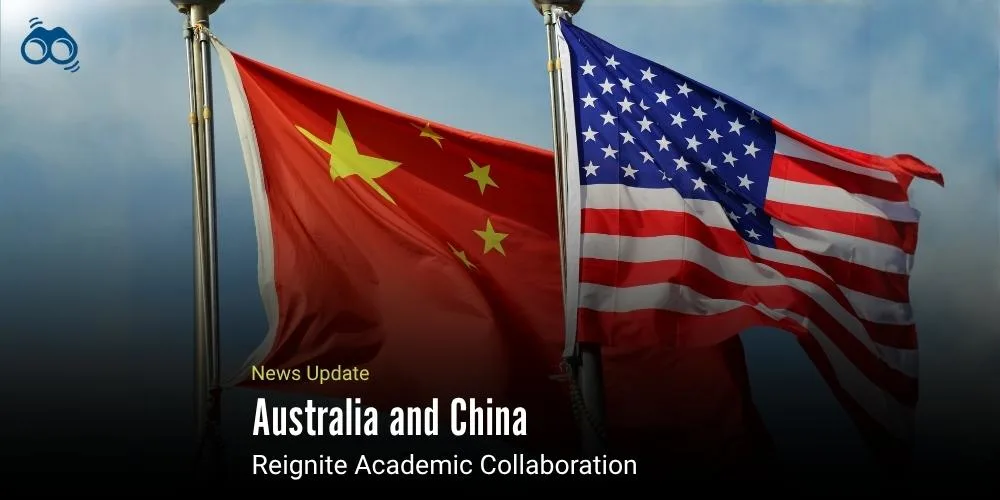
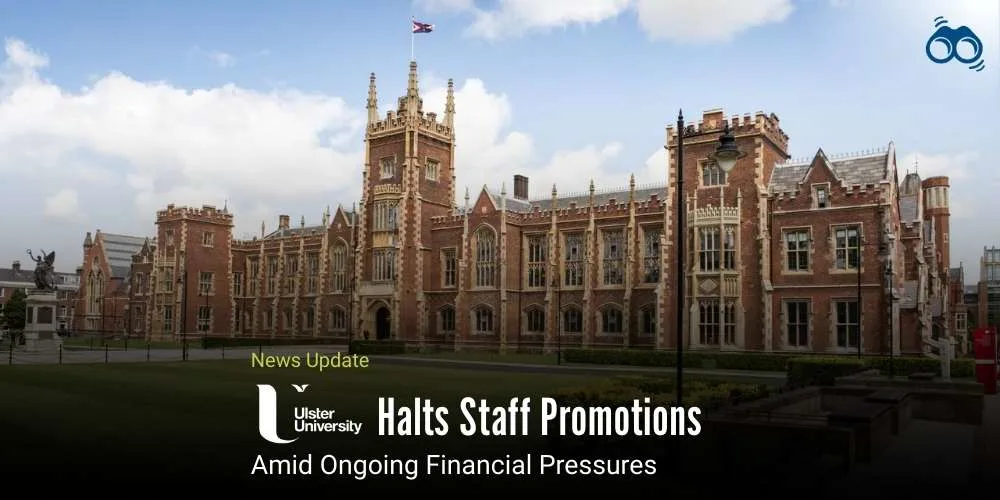

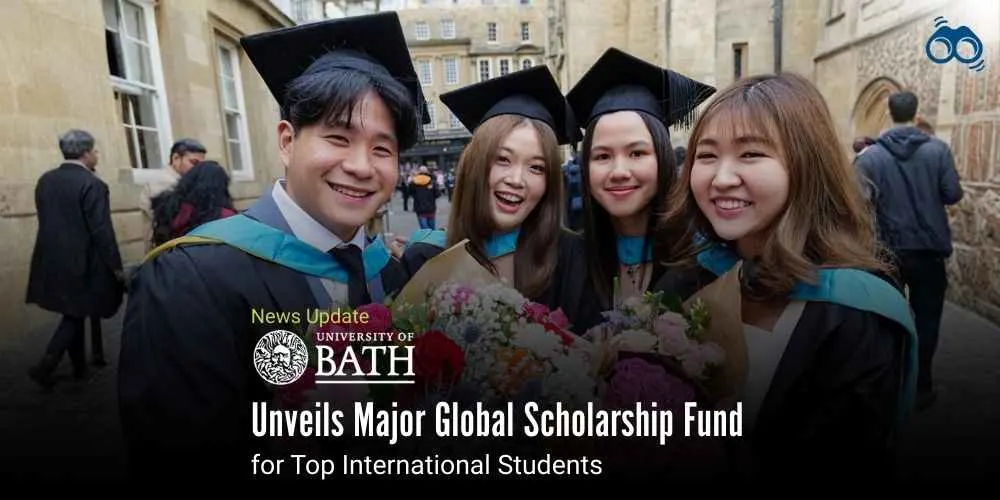
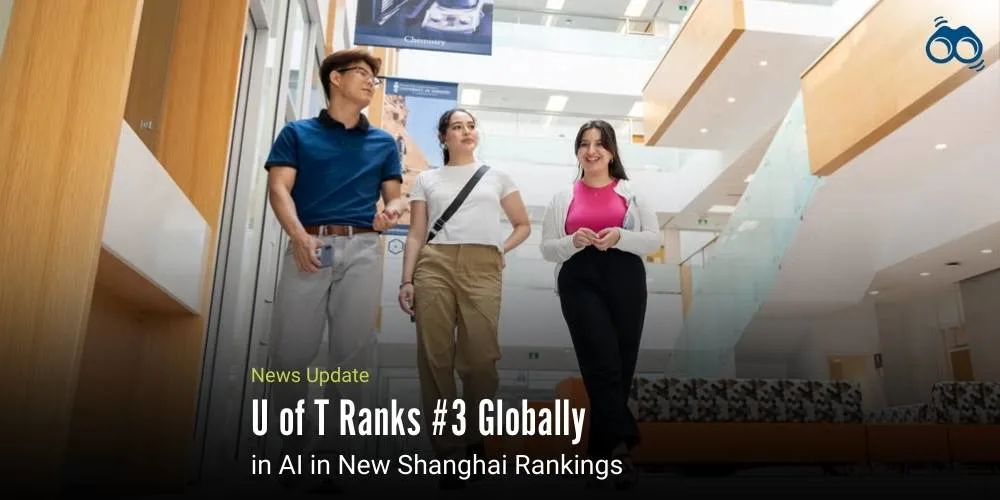
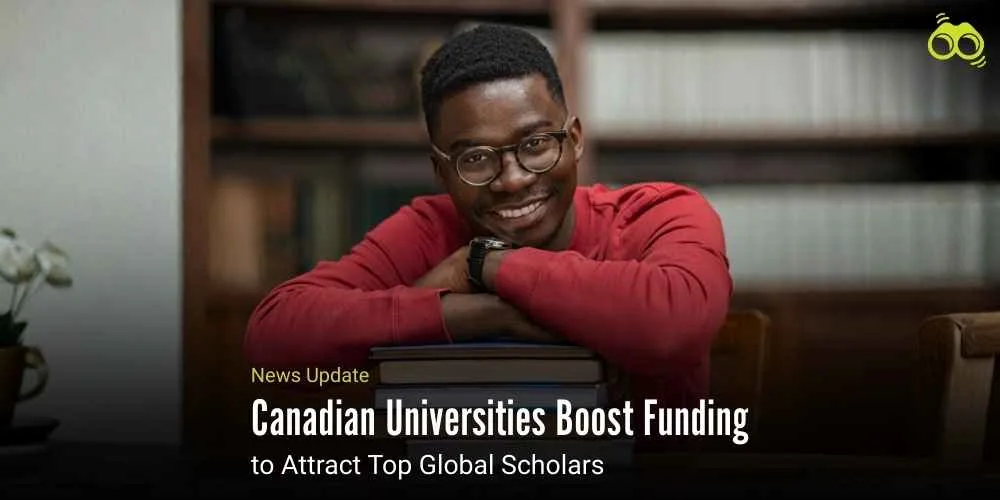

0 Comments (Please Login To Continue)